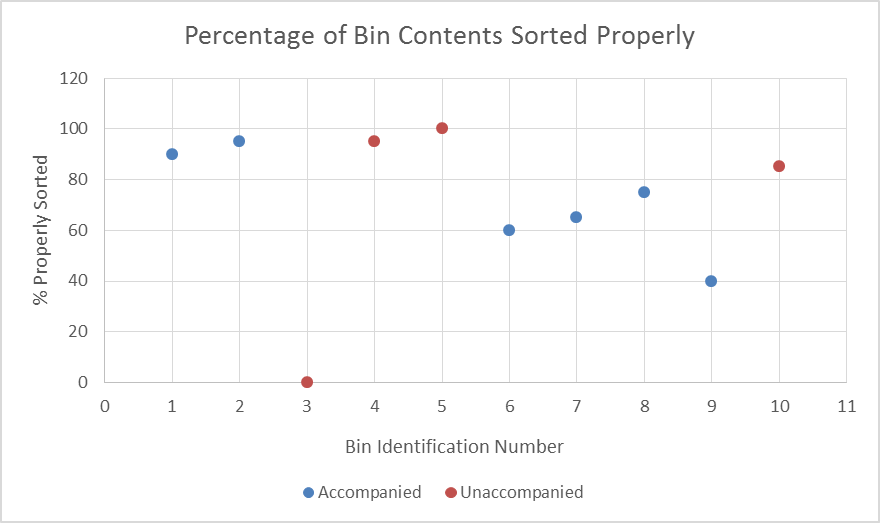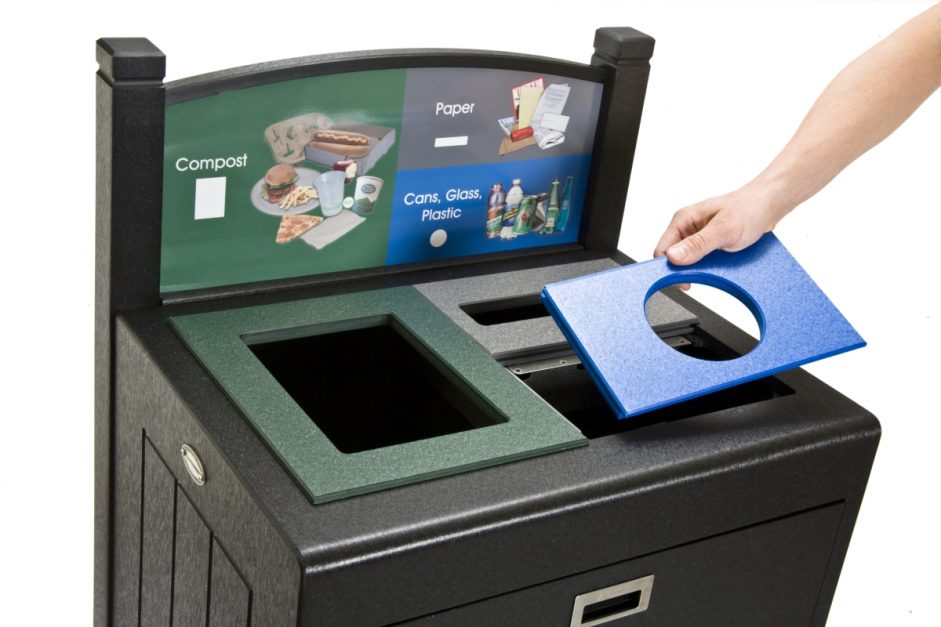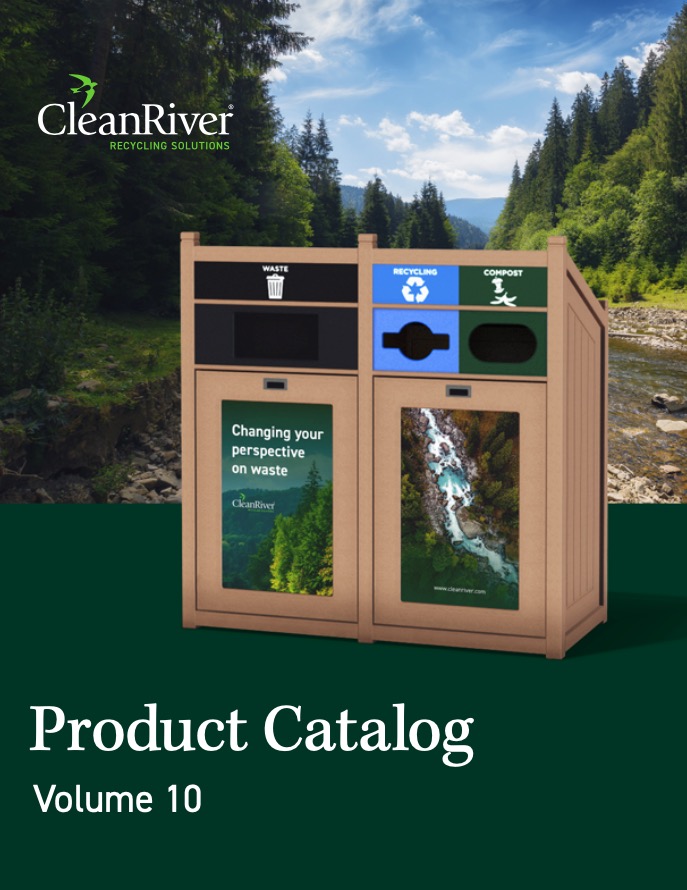Share
Can science show us if Adjacency, Conspicuity and other Buzz Factors change the way people use our recycling bins? |
|---|
The Holy Grail of recycling is not a cup. It’s a bin, so perfectly designed that all who bask in its radiance recycle properly. I really want this bin and I’m betting you do too.
Bin location however also plays a big factor in whether recycling bins are used properly. As such I began the Adjacency Study in hopes that I could measure the effect of distance between trash and recycling bins on how properly they are used.
I aimed to prove my grand and simple theory that the farther apart a recycling bin was from a trash can, the more likely it would be contaminated with the wrong stuff. I based this theory off my own eyeball review of bins from over 25 years in the recycling business. This should be an easy study. It isn’t.
Method: |
|---|
I had hoped that I would simply chart the distance from a trash bin to a recycling bin and measure how well the contents were sorted. And anticipated that, for example, bins 1” apart would have contents more properly sorted than recycling bins unaccompanied by a trash can.
I would determine how well the sorting was being done by using my own quick-and-dirty RAT (Recycling Assessment Tool) system to grade the visible materials within a bin:
- If the contents of a recycling bin were visibly one-quarter trash that bin would receive a sorting grade of 75%: not too bad overall.
- If the entirety of a recycling bin’s visible contents were trash however, then it would receive 0%: darn awful.
Results: |
|---|
To my dismay, my preliminary surveys seem to disprove my theory of proximity to trash cans as the ultimate determiner of contamination or cleanliness.
As the following chart of recent survey shows, the data does not indicate that accompanied bins always experience reduced contamination in recycling.
In opening up the lids of recycling bins I have opened up a new Pandora’s Box of factors that influence contamination levels. Factors that are likely affecting these results, and those you observe in your own bins, include:
- the existence or lack of restrictive lids
- type of labeling and graphics
- foot traffic levels
- special events on the survey date
- contrast and similarities in color and style to any accompanying bin
- education of building occupants
…and many other lesser factors.
Next Steps: |
|---|
I have a new theory and new quest! My new theory is that of all the factors, the proper use of restrictive lids may be the most significant factor. To find out whether this new pet theory is correct I will need to visit many more bins, collect lots more data and really sharpen my skills with Microsoft Excel charts. I am off again in pursuit of a new Holy Grail. I will let you know if I find it.
– By CJ May
CJ May served as Yale University’s recycling coordinator for more than 20 years. He currently works as recycling coordinator for the City of Waterbury where he combines his work as an environmental magician and sustainability presenter to enchant 32,000 households with the magic of recycling.
www.cyrilthesorcerer.com www.betterworldmagic.com cyril.may@aya.yale.edu
The CleanRiver Book of Recycling Graphics |
|---|




